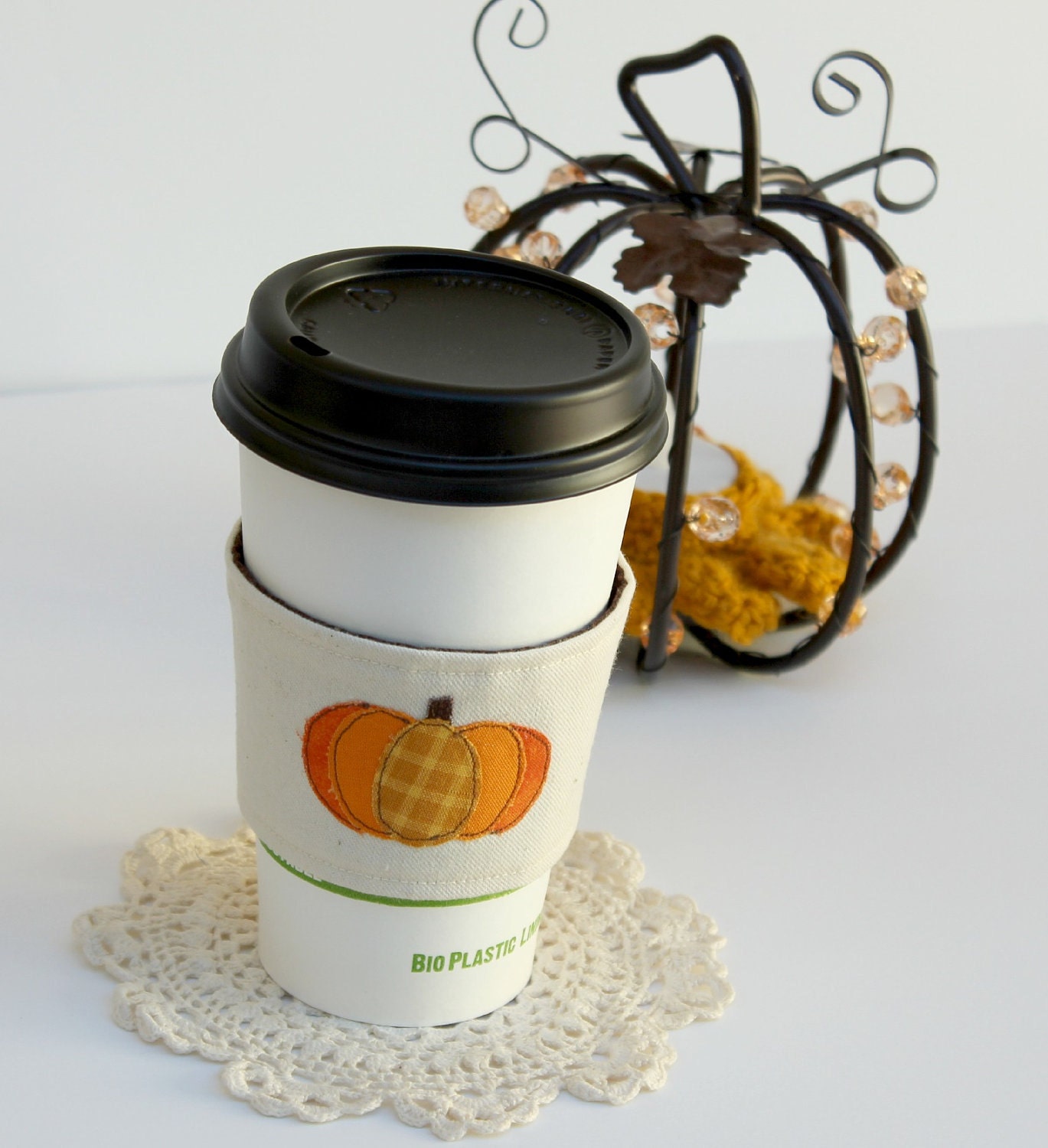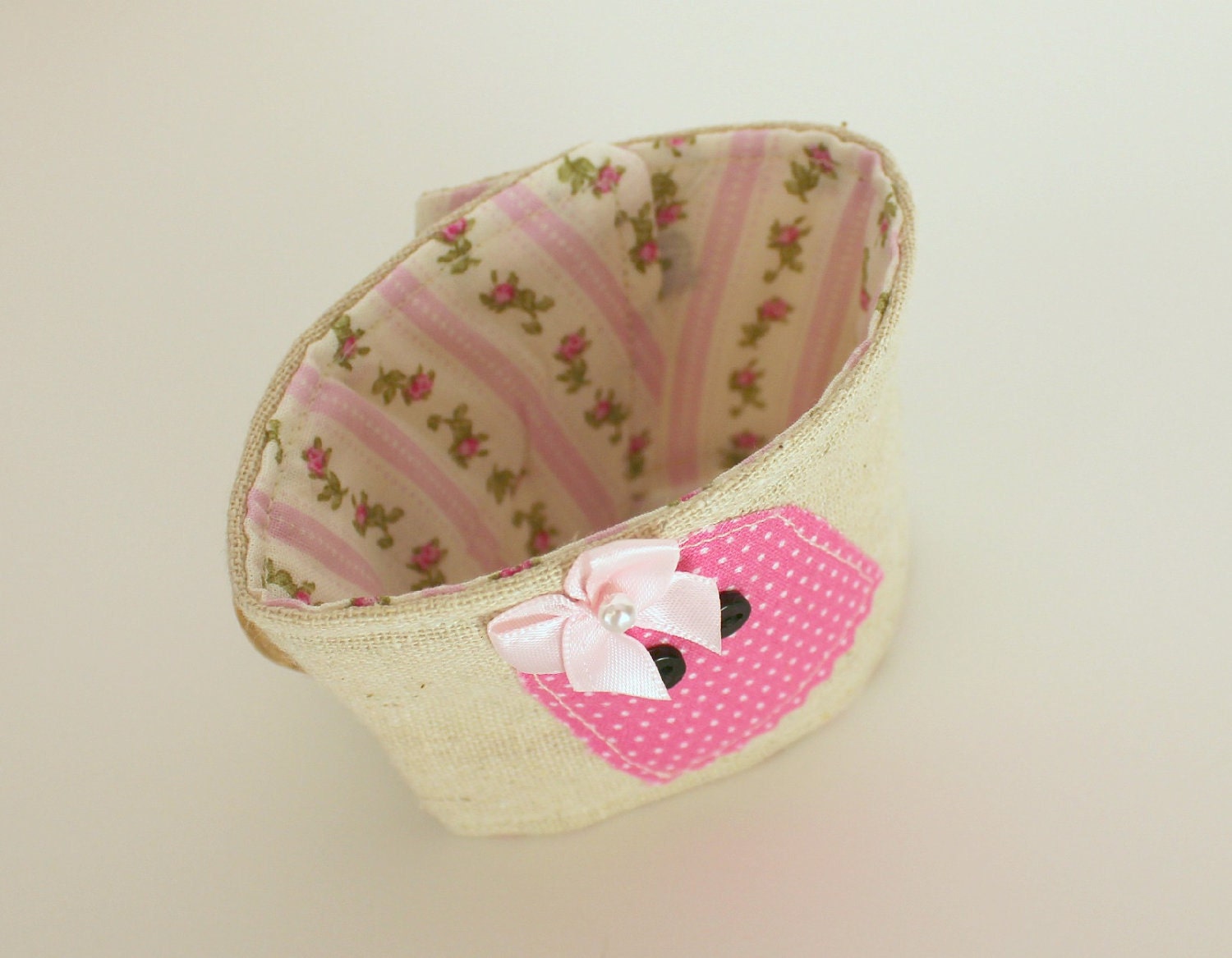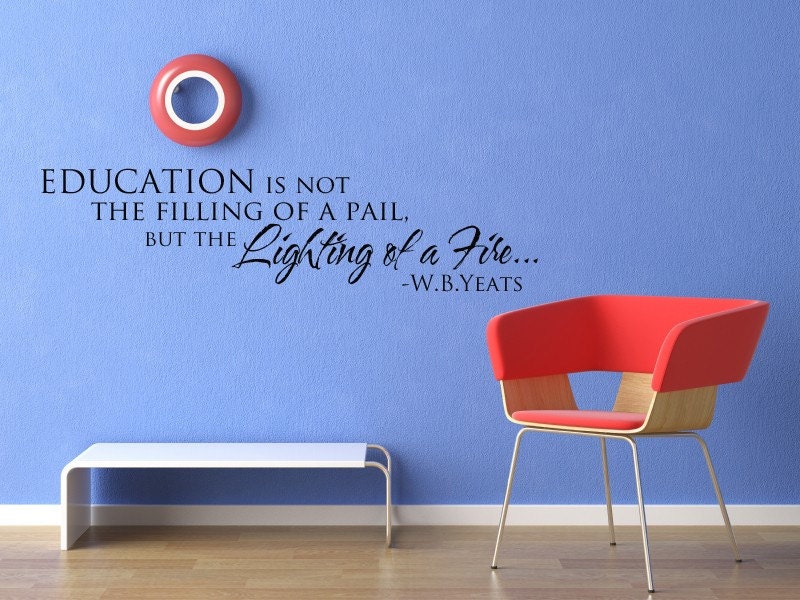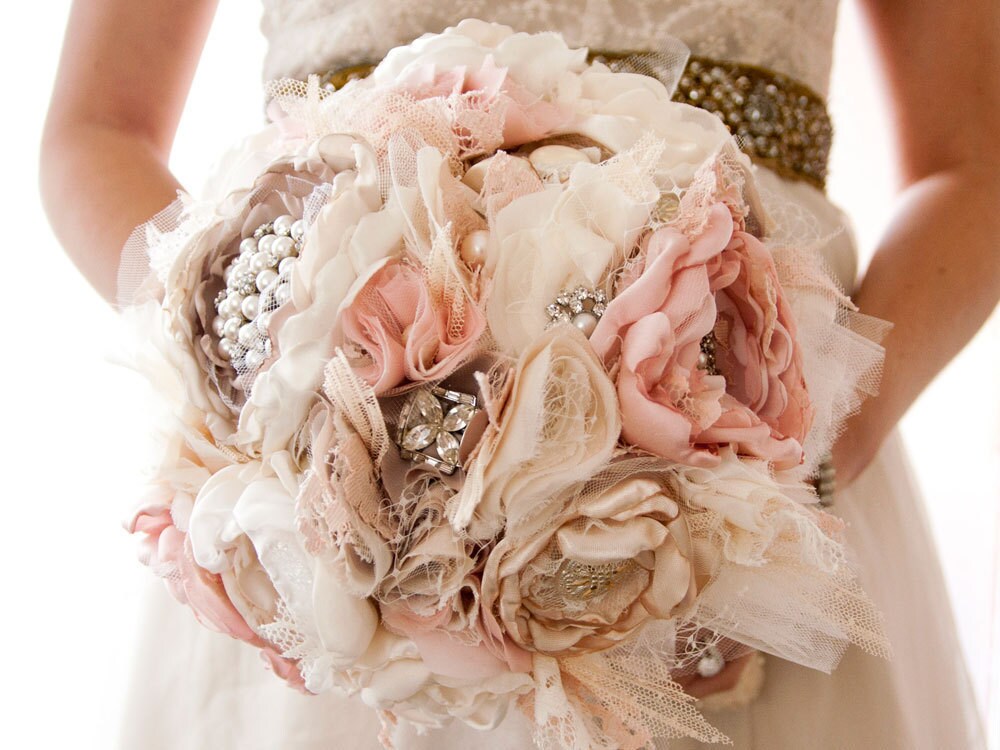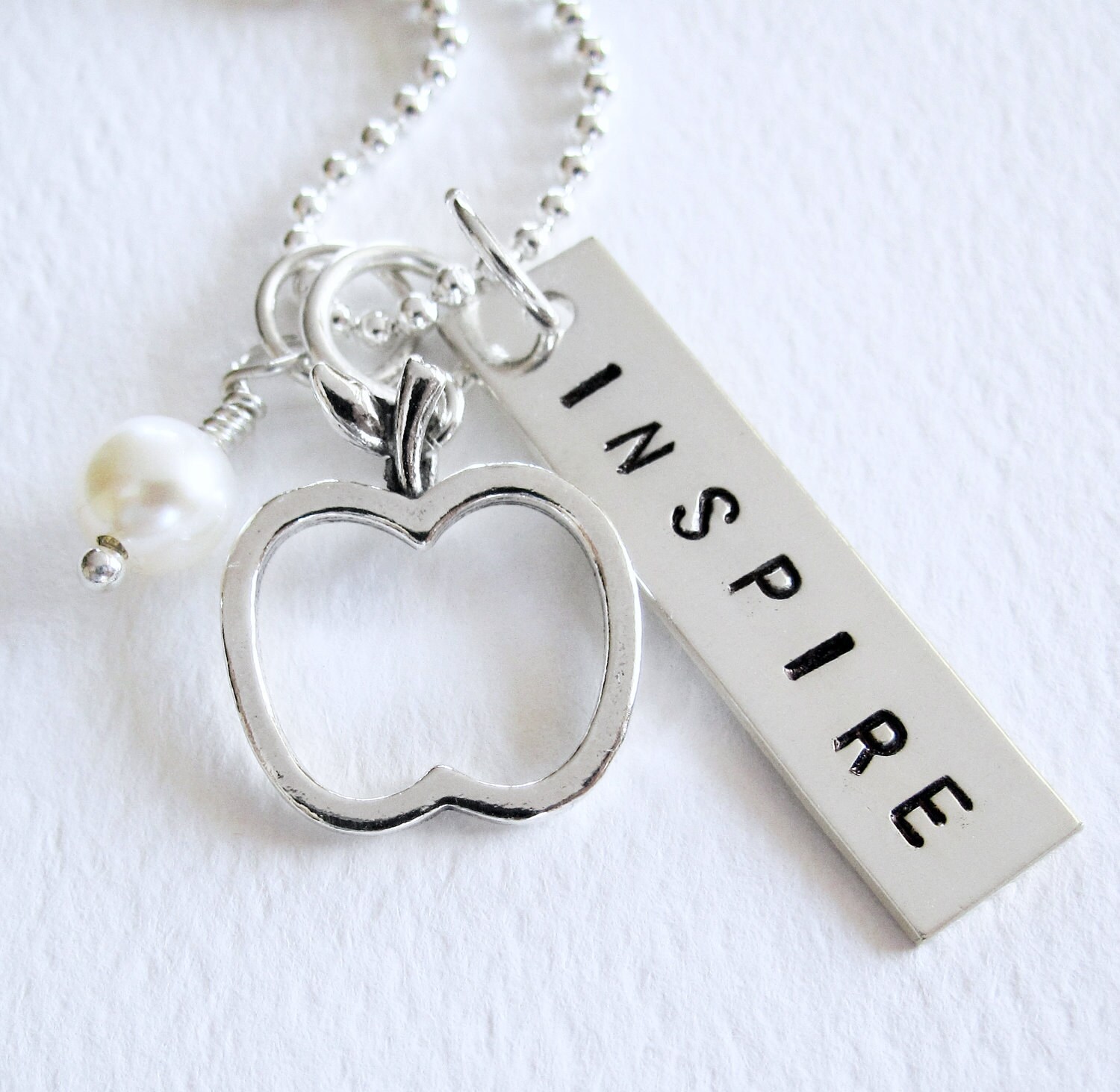Thank you so much for the amazing feedback all of you provided last week! If you missed part 1 of this series, you can find it here.
Before we dive into pricing, I thought it would be interesting to address some of the questions that have come up since our discussion last week.
Q: I am ok with using my profit margin to "pay" myself, instead of adding an additional expense line item, aka labor costs.
A: Technically, a portion of your profit margin should be used to pay for your overhead costs, such as utilities, marketing expenses, and other general and administrative expenses. The other portion (aka net profit or whatever is left after all your expenses have been paid), should be reinvested into the business to allow for future growth: perhaps you would like to upgrade your sewing machine, or buy fabric in bulk?
In addition, if you expect your business to grow, one day you may no longer be able to keep up with the demand for your products (yay!). Such a good problem to have, right?!? This means you will need to hire help, and it is important to pay people, or else they may not come back the next day ;) You can't simply increase your prices when you hire help, so it is important to factor in labor costs, even though at the moment you may only be a one-woman shop.
Q: Do you have any tips on how to keep track of how much time I am investing in each one of my items?
A: I have done a lot of research on this, and I came across a really great time keeping toll, called Toggl. Toggl offers a free 30-day trial and as long as you cancel your subscription before your trial period is up, you will not be charged. You can track time online, on your desktop (PC or Mac), iPad, iPhone, and Android phone. They also have a start and stop watch, and as long as you press "start" when you start working on something and "stop" when you are finished, the system calculates the amount of time you spent on each task, which to me is a big plus because I don't have to deal with fraction of hours, converting minutes to hours and vice versa.
**I am not being compensated for suggesting Toggl. All opinions are 100% my own, based on what has worked for me.
Now let's talk about pricing, shall we?
Pricing is Marketing!
The way you price your product determines how people will perceive it. A lower price, does not always mean more sales. In my experience, and based on the feedback I've received (wink wink, thank you!), if you price something too low, that may imply that you used inferior materials and that you are not an expert in your field.
People who charge more may sell less items, but the higher profit margin will more than make up for it. Plus who doesn't want to work less and make more moola? Repeat after me.... I want to work less and make more moola.
Pricing is very subjective, but the most common formula is:
Let's take the coffee sleeve example we used last week:
Cost: $16.74
Now multiply that by 2: $33.48 --> Wholesale price
Multiply the wholesale price by 2 again: $66.96 --> Retail price
Say what?!?
Pretty crazy, right? If I do a quick search on Etsy, there are coffee sleeves selling for as little as $6.00 (granted, they are not appliquéd), but still, a coffee sleeve for $67 buckaroos?
Give me a minute while I get over this self induced sticker shock.
This means:
1. Handcrafted items are usually underpriced, and that hurts all of us who are trying to make a living
2. I may need to lower my raw materials cost and/or streamline my process
3. In the long run, coffee sleeves may not be a sustainable product, if I want to run my shop as a business
4. I am perhaps targeting the wrong audience. I am not always my target customer and can't price something based on what I can afford to pay. People buying my products may have more disposable income
5. You will still find coffee sleeves going for $15.99 in my shop. Does that make me a hypocrite? Maybe...Once they are gone, they will be gone for good though.
Are there any other pricing formulas, you ask?
Yes, you can always play around with the markup percentage, both from cost to wholesale and from wholesale to retail. Multiplying it by 2 (per example above) = 100% markup percentage.
Before you go there however, if you wish to sell your items wholesale (and you should always consider doing that, if you want to grow and expand your business), you should know that retail shops will almost always want to make a 100% markup on the products they sell. This means that if they buy your item for X, they will want to sell it for 2X (consistent with the formula above).
The problem may only arise when their price is higher than your retail price. For instance, say that you sold something to a brick and mortar store for $20.00. They will want to sell it for $40.00 (2X or 100% markup). You may be selling that same item for $35.00 in your shop. The retailer may not be happy about that and this is something you should keep in mind.
As promised, I've updated the spreadsheet I put together last week and included a tab for pricing. Feel free to download it to your computer and play with the percentages (cells highlighted in pink). See what works for you. I'd love to hear your thoughts.
As always, please contact me at oohleela{at}gmail{dot}com in case you have any questions.
Happy Friday!








